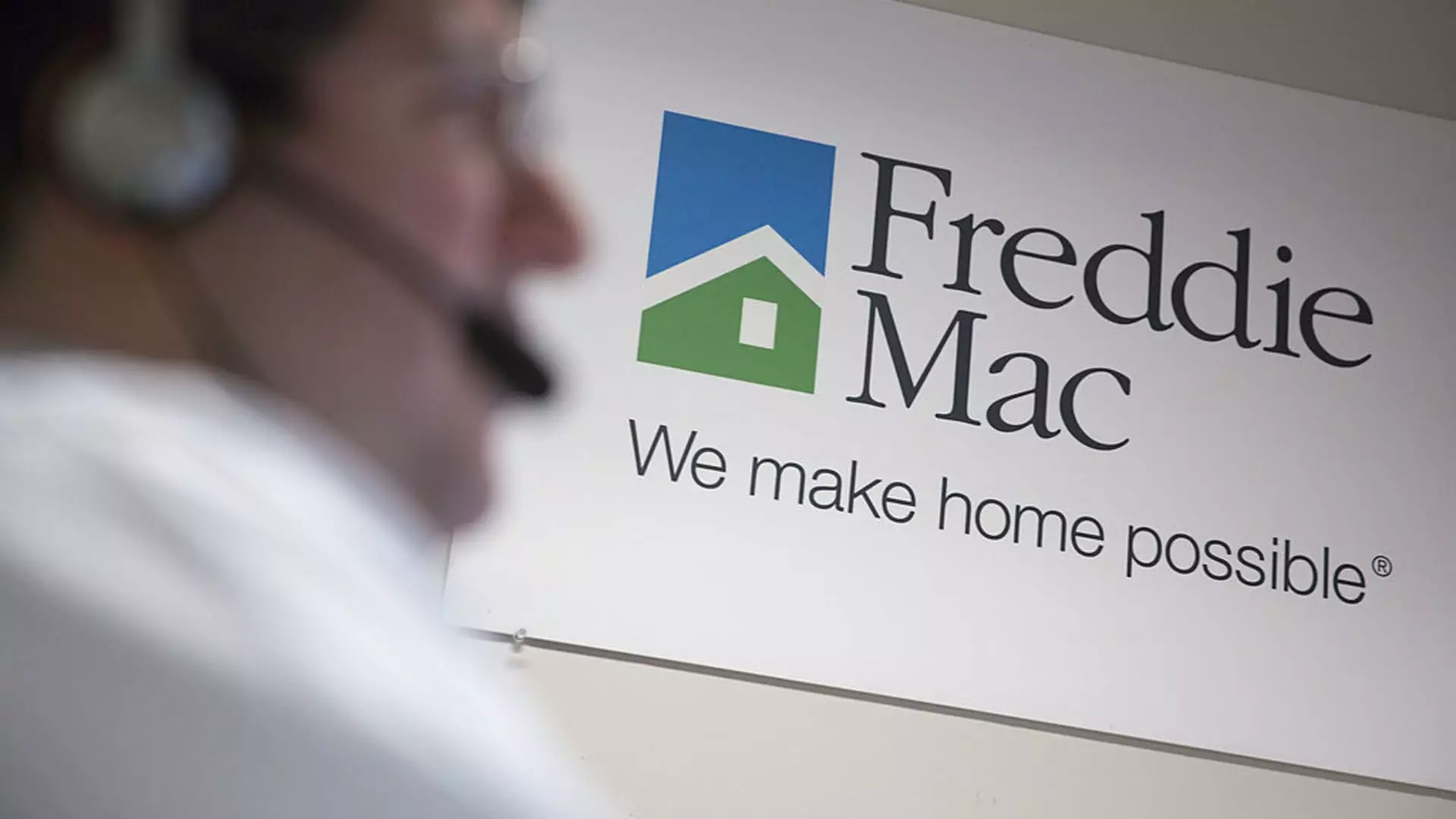Fannie Mae and Freddie Mac, two cornerstone institutions in the United States mortgage framework, currently find themselves under the supervision of the federal government. With shifting political tides and evolving economic conditions, discussions have emerged around the potential termination of their conservatorship, particularly under the influence of political figures such as former President Donald Trump. However, the implications of such a move are vast and complex, raising questions about the inherent risks to taxpayers and the U.S. housing market.
The conservatorship of Fannie Mae and Freddie Mac commenced in September 2008, amidst the tumultuous backdrop of the global financial crisis. This period saw a surge in mortgage defaults, leading to widespread foreclosures and the loss of approximately 3.8 million homes, according to reports from the Federal Reserve Bank of Chicago. Confronted with this calamity, the Treasury Department intervened, extending significant lines of credit to these mortgage giants, totaling around $100 billion each. This intervention aimed to stabilize the housing market and mitigate the fallout from the crisis.
Economist Mark Zandi notes that while the Treasury’s strategy of sweeping profits from Fannie Mae and Freddie Mac was controversial, it was necessary to protect taxpayer investment. Over the years post-crisis, these entities repaid a staggering $301 billion to the Treasury, yet their stock valuations suffered dramatically, effectively reducing their market worth to almost nil.
As the economy has rebounded, the discussion around returning Fannie Mae and Freddie Mac to the private sector has gained momentum. Mark Calabria, the former director of the Federal Housing Finance Agency (FHFA), expressed both optimism and caution regarding the potential end of their conservatorship. While he affirms the vitality of the economy, he urges careful consideration of the risks posed to the taxpayer, questioning whether the current system is robust enough to handle economic downturns.
The political landscape surrounding Fannie Mae and Freddie Mac is fraught with differing ideologies regarding their structure and funding. On one hand, proponents of privatization argue that it could potentially lower mortgage rates by introducing competition into the market. Conversely, experts like Zandi warn that the absence of government backing could trigger an increase in mortgage rates by 60 to 90 basis points, straining affordability for prospective homeowners.
Fannie Mae and Freddie Mac are classified as government-sponsored enterprises (GSEs), entities that were designed to facilitate liquidity in the mortgage market. Fannie Mae was established as a government agency in 1938 and transitioned to a private entity in 1968, while Freddie Mac followed suit in 1970. Their core purpose has always revolved around making homeownership accessible, which is crucial for economic stability and growth.
Despite the federal government’s ownership providing a safety net, the question remains: how sustainable is this model? Calabria argues that the exorbitant leverage ratio—nearly 1,000 to 1—illustrates a critical capital deficiency. The recent cessation of the profit sweep by the government marks a pivotal point for these institutions, potentially allowing them to accumulate the capital necessary for greater autonomy.
The dialogue concerning the future of Fannie Mae and Freddie Mac necessitates an in-depth examination of the housing finance landscape. The implications of returning these entities to the private sector extend beyond immediate market conditions. Ensuring a stable and affordable housing market is essential for millions of Americans relying on these entities for mortgage financing.
As policymakers ponder this pivotal decision, they must weigh the potential benefits of privatization against the risks of reducing vital government support. Ensuring that these institutions can weather economic fluctuations without compromising the well-being of taxpayers remains paramount. The challenge lies in striking a balance between supporting a robust housing market and protecting taxpayer interests in a constantly evolving economic landscape.
The future of Fannie Mae and Freddie Mac is at a crossroads. As we navigate the complexities of mortgage finance reform, it is vital to remain vigilant about the lessons learned from past crises, ensuring that the actions taken today are informed by transparency, accountability, and a commitment to safeguarding the housing aspirations of the American populace.

